The hypogeum of Cuccuru Is Arrius (or Cuccuru S'Arriu/Arrius, the wording changes according to the scholars) is one of the most important funerary sites in Sardinia, where for the first time the space of the living is clearly differentiated from that of the dead (C. Lugliè, 2017). Furthermore, the hypogeum is distinguished by materials, structure and burial equipment which presuppose a considerable expenditure of strength and energy, confirming its importance.
The exceptional nature of this site, continues the archaeologist Lugliè a few years later (2020), lies in the fact that it is a necropolis dating back to the Middle Neolithic that has remained intact, thus taking the form of an archaeological context "closed”. This has made it possible to recover, analyze and date both the skeletons and the real archaeological finds inside and to be able to make clearer hypotheses on the funeral rituals that took place in these spaces.
Numbers that don't add up
It should be noted that the specific information regarding the statuettes and the tombs of the hypogeum of Cuccuru s'Arriu are discordant and fragmentary:
- Enrico Atzeni (1978) describes 9 anthropomorphic figurines;
- Giovanni Lilliu (1999) describes 4 statuettes found in tombs 386, 387, 410, 420 and a fragment found on the surface;
- Giacomo Paglietti (2008) names the tombs 385, 386, 387, 410 and 420. According to the archaeologist, 13 statuettes have been found, of which only 4 have been published. Subsequently (2017), he writes of 9 shaft tombs but mentions only tombs 385, 387, 410, 420 and a "sacca n. 211” in which a planar-type idol would have been found;
- Carlo Lugliè (2017) names 22 sepulchers and subsequently (2020) reduces the number to 19 burials, of which 13 are burial chambers in cockpits and another 6 with a simpler structure in pits.
Funeral ritual and funeral offerings
As for the funeral ritual, Carlo Lugliè (2020) confirms the "primary inhumation" or the deposition of the intact corpse inside the burial. The position is the one curled up on the left side and the face is turned towards the cockpit opening.
According to the archaeologist, the grave goods of the chamber burials were very rich and in some cases the dead were flanked by one to three anthropomorphic statuettes. Among the offerings, containers containing shells sprinkled with red ocher stand out (in general, hundreds of fossil shells of dentalium). The pit burials, on the other hand, are devoid of funerary equipment.
A very important element that confirms the cultic and sacred nature of the statuettes is the fact that they were found next to or in the hands of the deceased. The burials have also been sprinkled with red ocher and have grave goods made up of various objects (G. Paglietti, 2017).
The artifact of discord
Apart from the clearly anthropomorphic statuettes, a sandstone fragment was found on the surface of the site, which is also found in the archaeological museum of Cagliari.
The find presents significant divergences in interpretation: described by Giovanni Lilliu (1999) as a "female statuette in the act of giving birth (?)", it is instead defined by Enrico Atzeni (1978) as a "male idol" as it has a phallus. More convincing is the interpretation by Giovanni Lilliu who describes a kneeling woman in labor and rejects the idea of the masculine for iconographic reasons: according to the "father of Sardinian archeology", the pelvis seen in the fragment can be associated with steatopygian statuettes. For Silvia Fanni (2019) it is instead a zoomorphic vase depicting a ruminant, in this case a ram!
Meanwhile in the village…
Three other statuettes preserved in the Archaeological Museum of Cabras (OR) found in the adjacent village are worth noting:
- a fragment of a steatopygian figurine found in tomb 432
- two headless planar-cruciform style figurines
The figurines
All the steatopygian statuettes presented in this sheet have the usual shape and structure (with the arms along the sides), except for the example of the tomb 410 bringing her hands to her breasts. As highlighted in the tab of the figurine of Muros/Su Monte, this element is central from an iconographic and symbolic point of view, catalyzing the attention of the viewer towards this specific part of the body: the breast. As Giovanni Lilliu (1999) and Marija Gimbutas (2005 and 2008) have observed on several occasions, the symbology that this part of the body contains is that of nourishment and allows us to hypothesize a cultic function linked to the female sphere and fertility. All specimens with intact heads have the headgear a poles. The statuettes found in the village are sketchy but with the breasts in evidence.
Interpretation and analysis
The elements that allow us to hypothesize cults linked to fertility, rebirth and the idea of depositing the dead in the womb of the Goddess (mother) also highlighted by Giovanni Lilliu (1999) and Marija Gimbutas (2005, 2008), are various:
- all the deceased are buried curled up on their left side with a female figurine next to the body; the deceased from tomb 386 held it in his hand;
- the gaze of the deceased is directed towards the light/exit of the tomb, facing south/south-east;
- the bowls with shells (with the surface encrusted with red ocher) represent a ritual meal that refers to beliefs about the afterlife;
- red ocher is an element strongly linked to the sacred sphere of the feminine in prehistoric times and is found in numerous burials throughout ancient Europe. As Marija Gimbutas (2005) states “the red ocher … emphasizes the uterine and regenerative character of the tombs”; in general, therefore, the statuettes combined with ocher, with the curled up, fetal position of the deceased, as if they were inside the mother's womb, allow us to hypothesize a cultic dimension linked to the feminine and rebirth (M. Gimbutas 2005; 2008) . Giovanni Lilliu (1999) also confirms that in the Cuccuru s'Arriu site, “the deceased, in pit tombs or in an artificial grotto, were placed in a curled up position, almost in the mother's womb, veiled in red ocher and with the kit for the viaticum and a stone statuette representing the reassuring image of the Mother Goddess next to them, understood as a link between man and divinity, between what is mortal and what represents immortality."
Gender issues
Recent archaeological academic trends question the genre of steatopygian statuettes (C. Lugliè, 2017; IV Gregory, 2007; S. Losi, 2012; S. Fanni, 2019) and their sacral value; Giacomo Paglietti (2017), for example, connects the steatopygian features of the statuettes to the "women of southern Africa” while Paolo Melis (2017) states that the figurines could be used for “satisfy the same needs [that are found in life], including the erotic ones.” Although there are numerous (and heated) discussions on the subject also at an international level – I will soon publish an article on the subject – the headgear poles it is certainly the distinctive element of these statuettes (C. Lugliè, 2017) which refers to protohistoric divinities such as Cybele, Artemis, Demeter, among others.
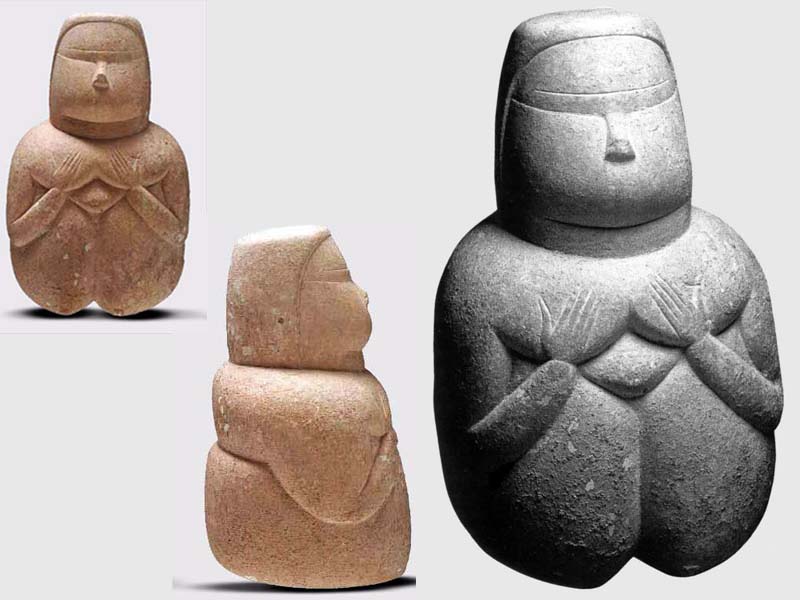
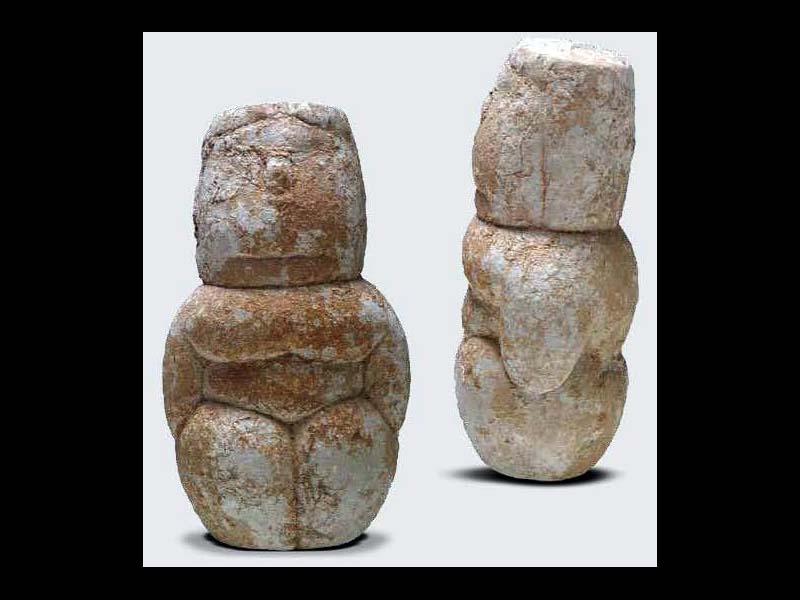
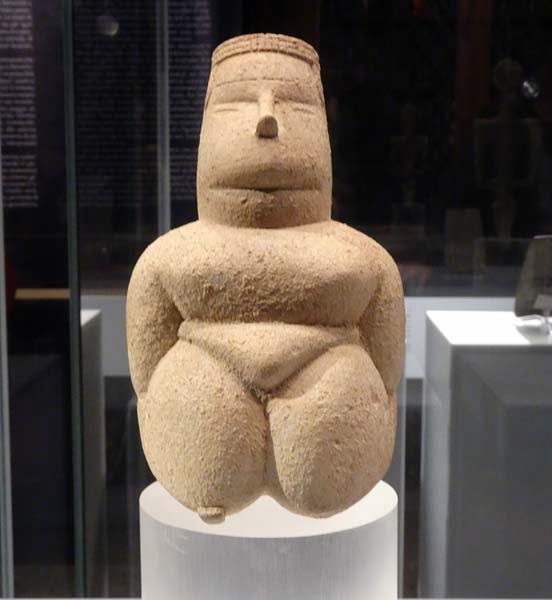
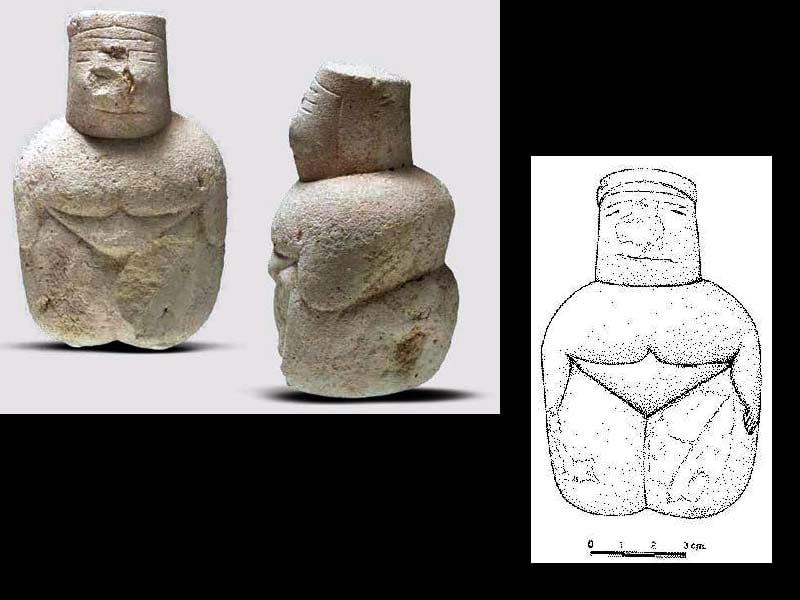
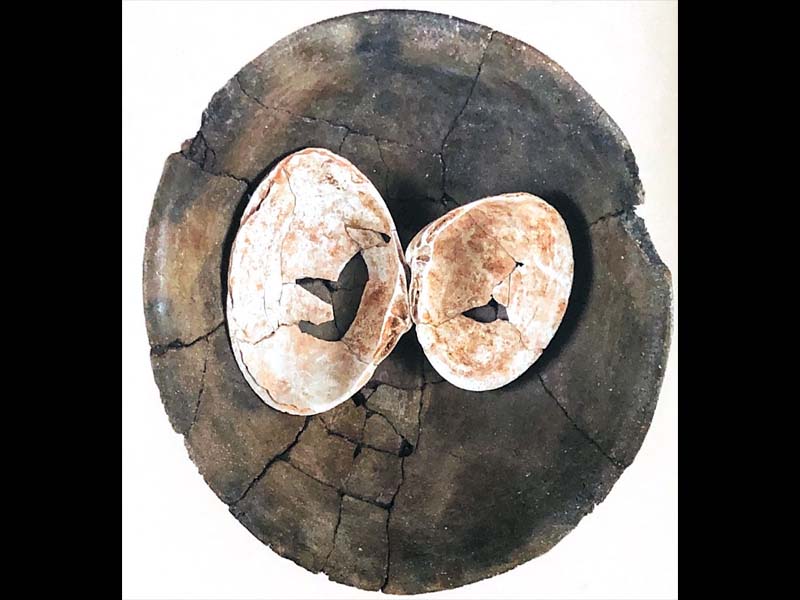
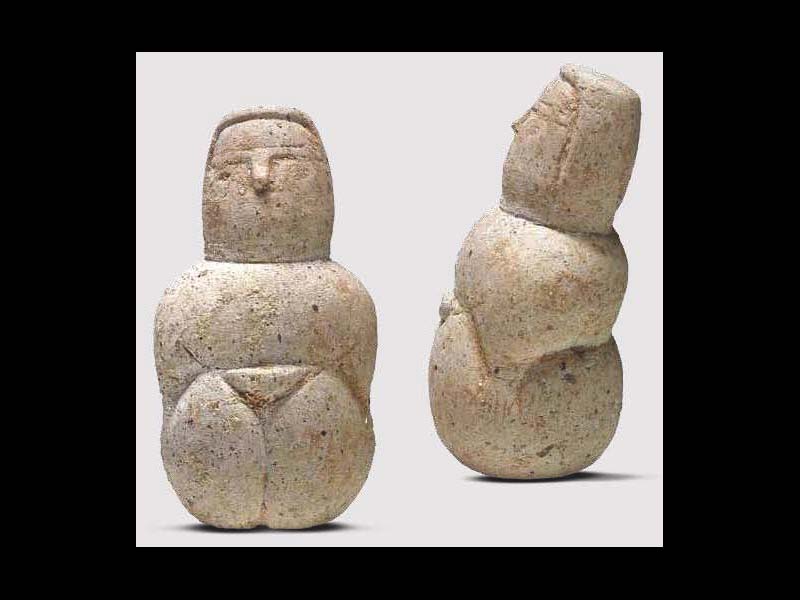
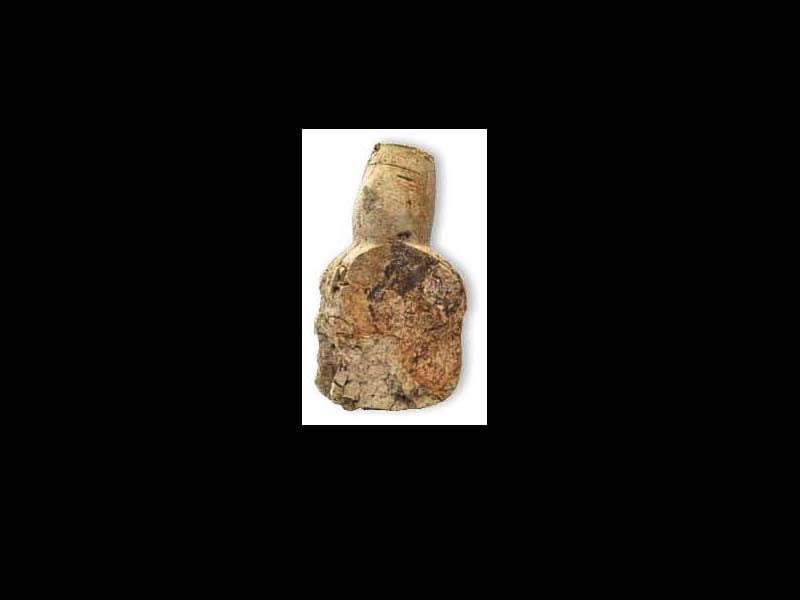
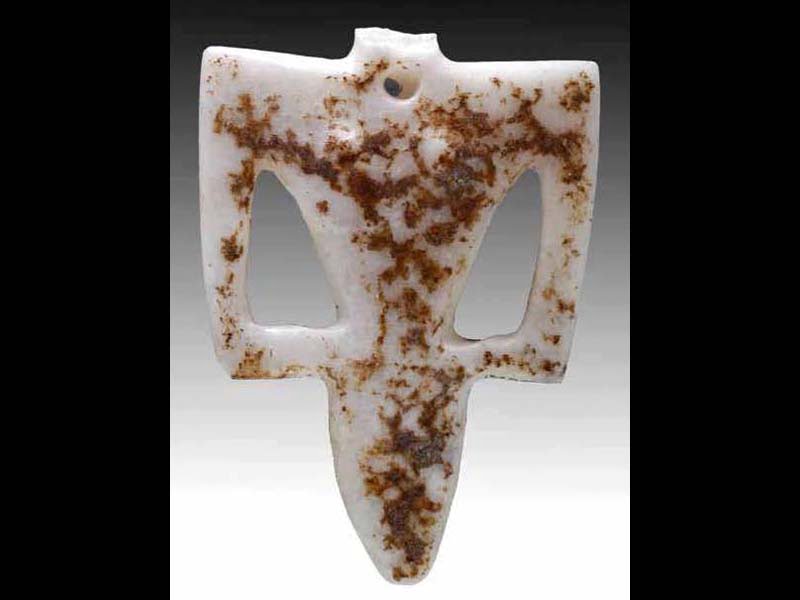
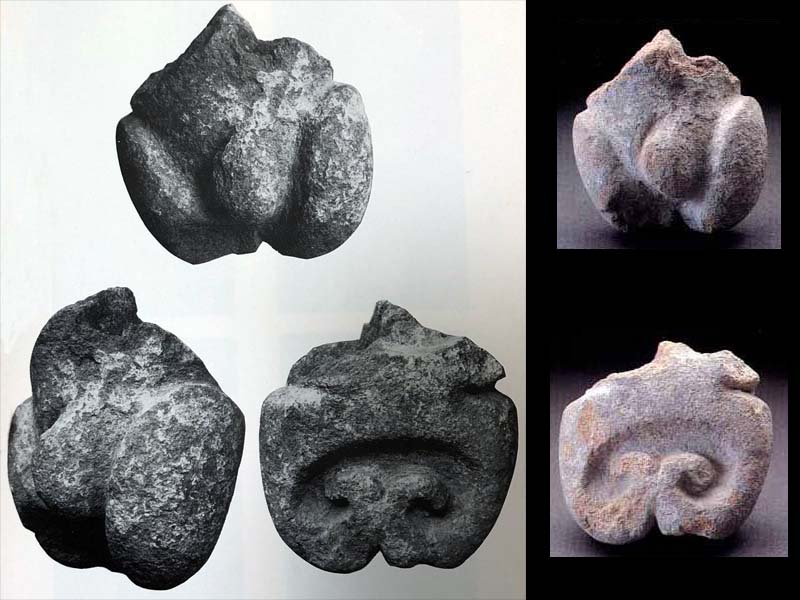
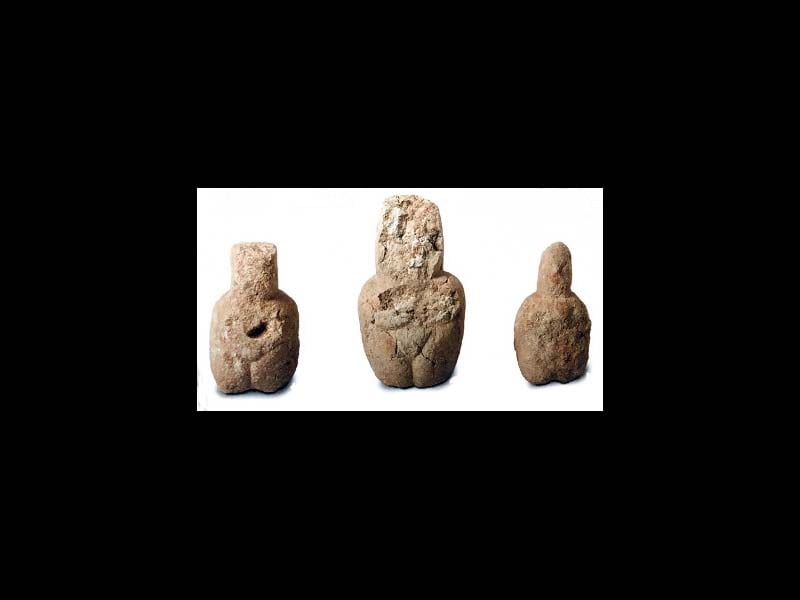
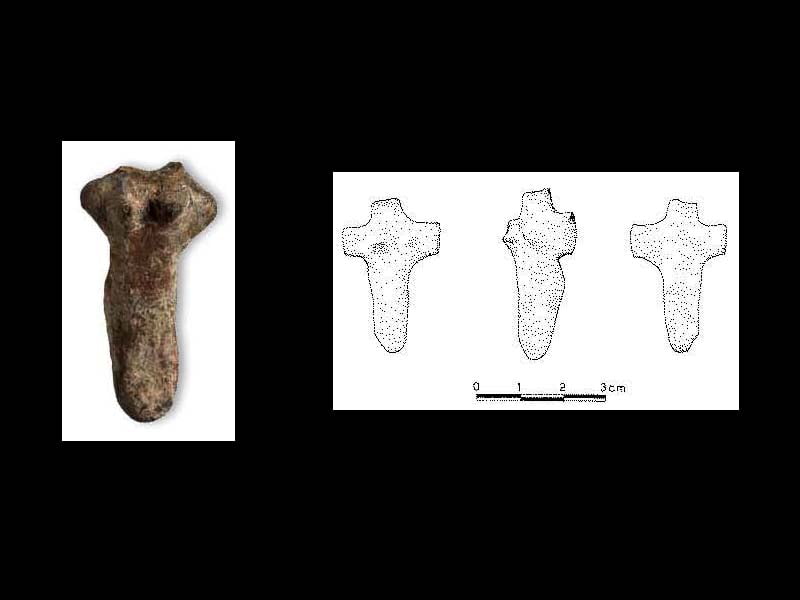
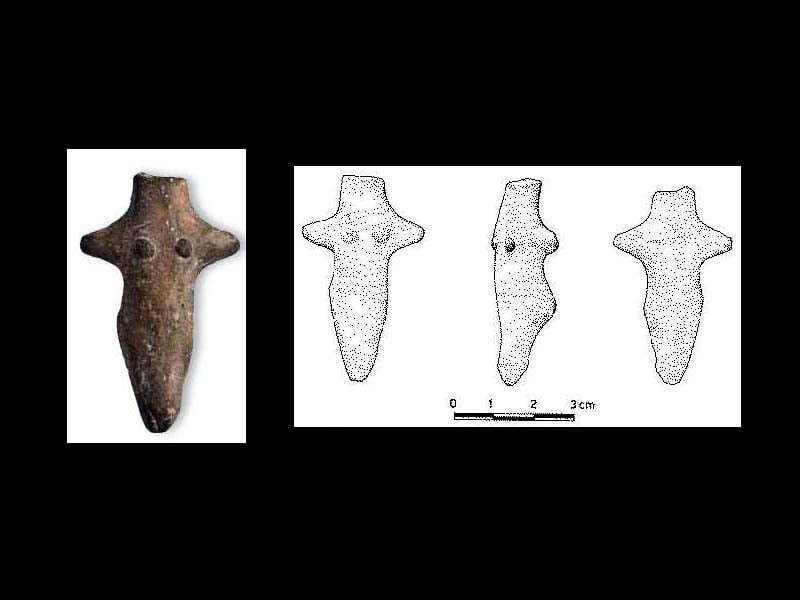
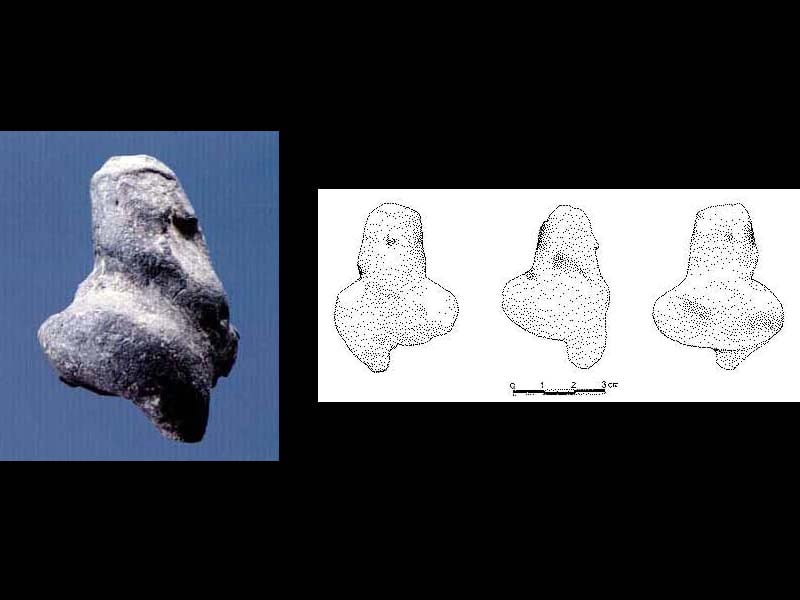
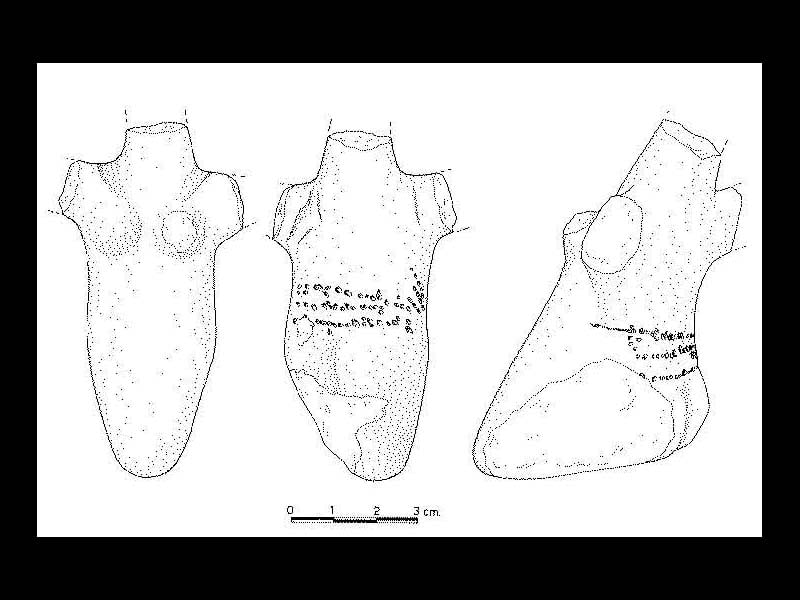
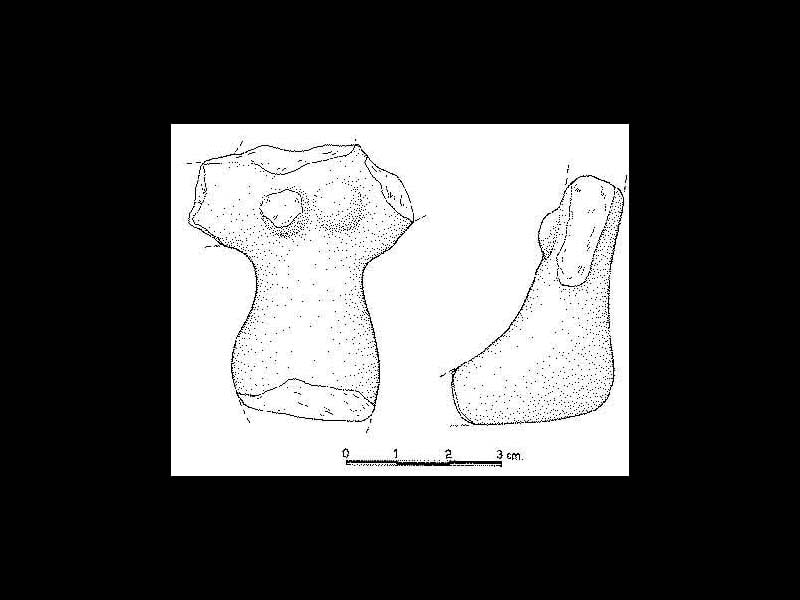
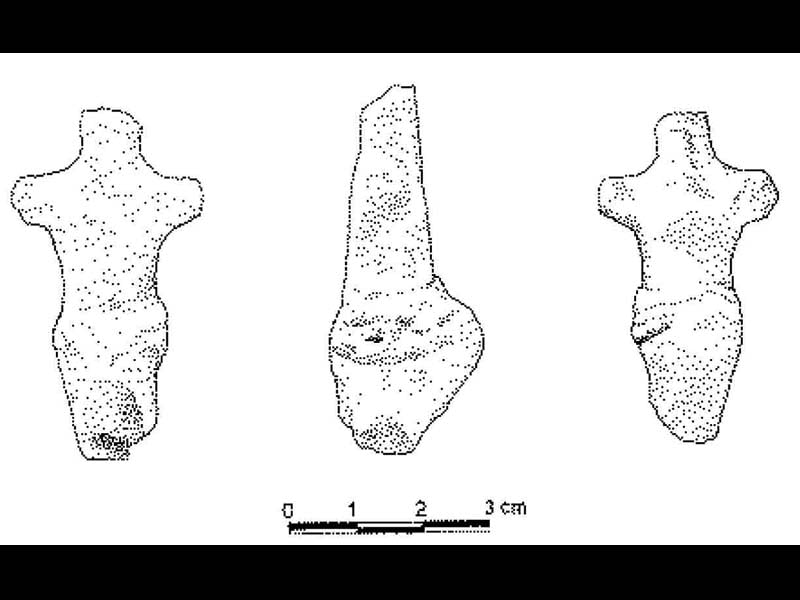
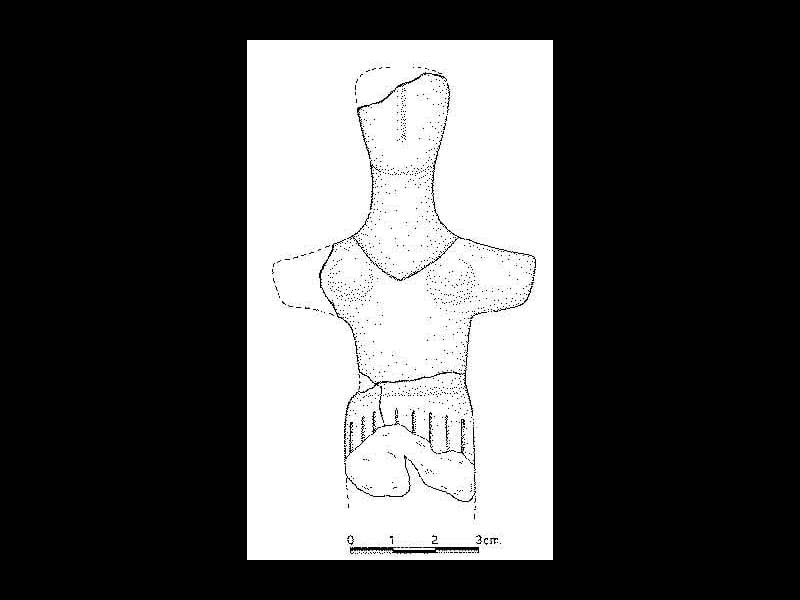
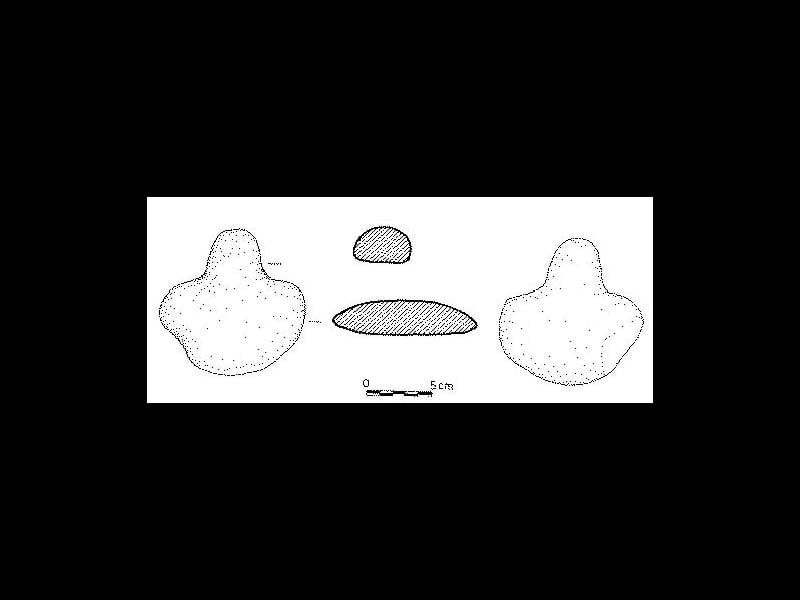
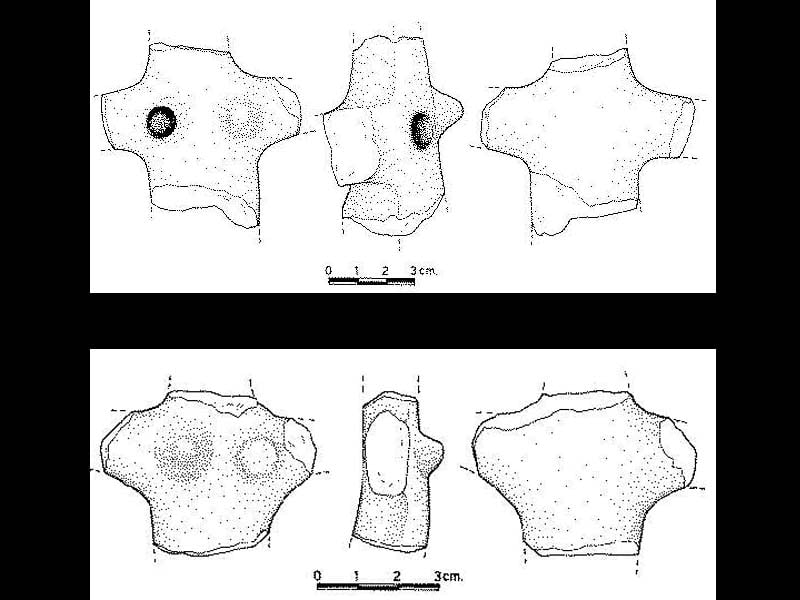
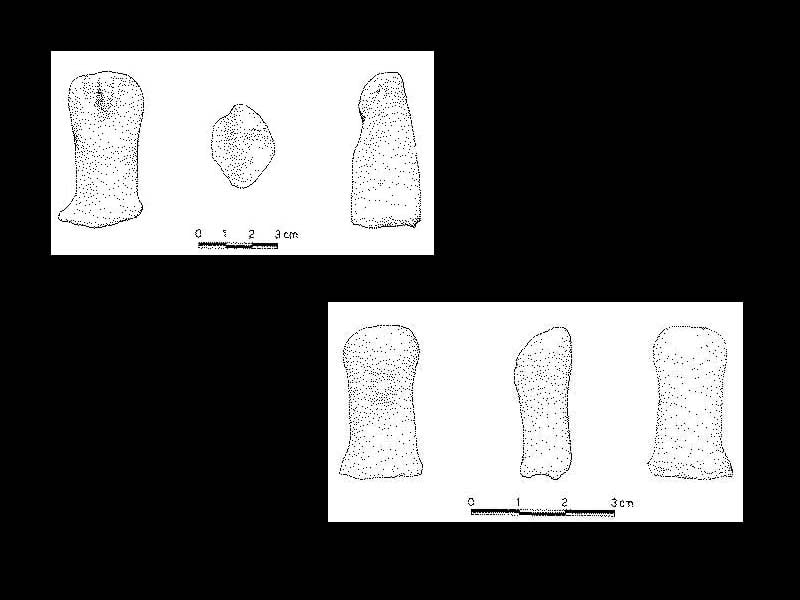
Historical notes
The site of Cuccuru is Arrius was explored with scientific intentions for the first time by Tito Zanardelli, between 1898 and 1899; later, more in-depth explorations took place by Atzeni in the 60s and between 900 and 1978 by the Archaeological Superintendency for the provinces of Cagliari and Oristano together with the University of Cagliari.
CARD
LATEST PUBLISHED TEXTS
VISIT THE FACTSHEETS BY OBJECT

